
Branding guidelines are the foundational element of any successful company. In fact, a company’s brand can be just as successful, if not more successful than the product or service the business is selling (think Starbucks, Oreo, or even the fictional brand, Entertainment 720, from the show Parks & Recreation).

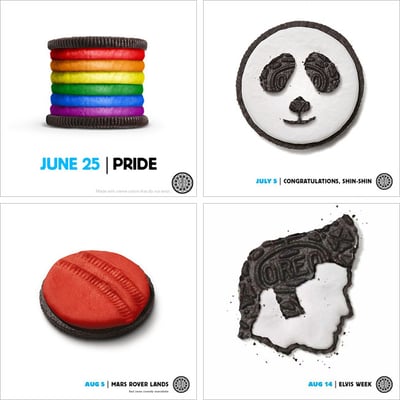

Taking the time to collaborate, both inside and outside of your business, on how to create a brand with true sustainability and ingenuity will help your company succeed financially, socially, and ethically.
A successful brand is also not dependent on the people who create it. A successful brand can live on its own. Its message, aesthetic, and purpose are clearly identifiable to anybody who interacts with it. It attracts people who relate the most to it, and they come together to further innovate on how it can grow and attract more people. Brands make fans.
As the senior designer at VMG Studios, one of my main missions is to grow and develop the VMG brand, and it has been a whirlwind project since my very first day. We’ve upgraded, rebranded, refreshed, pivoted, and evolved over the years, and we’re not slowing down. Branding is also one of our services and we’ve helped several of our clients do the same.
This article will address strategies for building a strong brand, define what branding guidelines are, and why they’re important for any business.
Building a Strong Brand
Before talking about all of the values that come from creating a successful brand, we first have to discuss specifically what makes successful branding guidelines in the first place.
The first thing you need, even before branding, is a product or service that ethically helps people. Important things to consider:
- Helpful products and services sell themselves – and branding can increase their success.
- People want to be healthy, safe, and have peace of mind regarding their purchases.
- People want instant gratification, speed, and efficiency.
- People want to feel validated, connected, heard, and empowered.
Once you know what your product or service is, the next step is to ask the big question: “Why?”
- Why do I want to make this company and sell this product/service?
- Why do I want to go to work every day and build this brand?
- Why should people care about this brand?
If your answer to these questions is “because I want to make a lot of money,” you’ll want to rethink your business strategy. Studies have shown that only focusing on making profits without focusing on ethics does not appeal to consumers.
More people are turning to support companies that give back to the community, treat their employees fairly, and are overall a force for good. People also gravitate to unique brands that don’t have a lot of market competition and help them in unique ways they didn’t know they needed like Adobe, Headspace, and Stitch Fix.
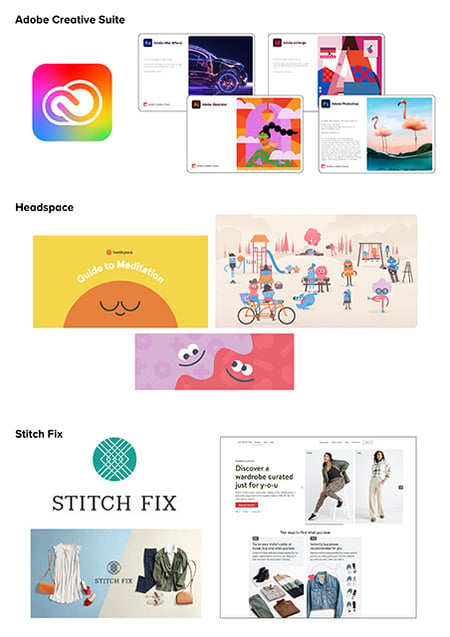
Once you have an ethical product or service and a powerful reason as to why you want to create this brand, we can start to bring the brand to life! Every good brand needs a strong set of aesthetic elements that people can visually grab onto. A rudimentary list of brand elements is:
- Brand/company name
- Slogan
- Tagline
- Mission statement
- Voice/tone/messaging
- Logo
- Color palette
- Typography
- Texture, patterns, & iconography
- Photography
- Videography
READ: How to Build or Revamp a Brand for Your Business
The most important thing to remember when creating these branding elements is everything always ties back to your WHY.
If your “why” is something like, “Because I want to make people feel less anxious,” then your logo, color palette, typography, photography, all have to relate back to that. Colors should be subtle and calm, your logo should look peaceful and approachable, and the photography should convey serenity and calmness.
Brand decisions should not be subjective and should be heavily rooted in market research. Asking questions like:
- Has anyone else tried to tackle this problem? What else is out there that is similar to my brand?
- What is my target demographic? What do they like? Where do they communicate?
- Do these designs send the right message? What do you think when you look at them?
Surveying and getting as many outside opinions can help get a better understanding of what the general public is feeling. You should always budget time for research, focus groups, and potentially starting over with certain parts of the brand.
Patience is key! A good brand can take anywhere from months to years to create and needs to be routinely updated based on new market trends. It’s an ongoing project that never stops needing your attention.
It can be difficult to remove your subjective opinions about a brand, and the most successful color might be your least favorite color. If the colors, typography, and logo are rooted in demographic science and smart trend forecasting, they will be much more sustainable.
A good rule of thumb – if anyone asks you why your brand elements look the way they do and your answer is, “because I like it.” You need to rethink your answer.
Once you have done the research and all of your brand elements are created thoughtfully, it’s now time to publish them and see it in action. The first step is to compile all of your brand assets and information into a cohesive document that’s your company’s official “Branding Guidelines.”
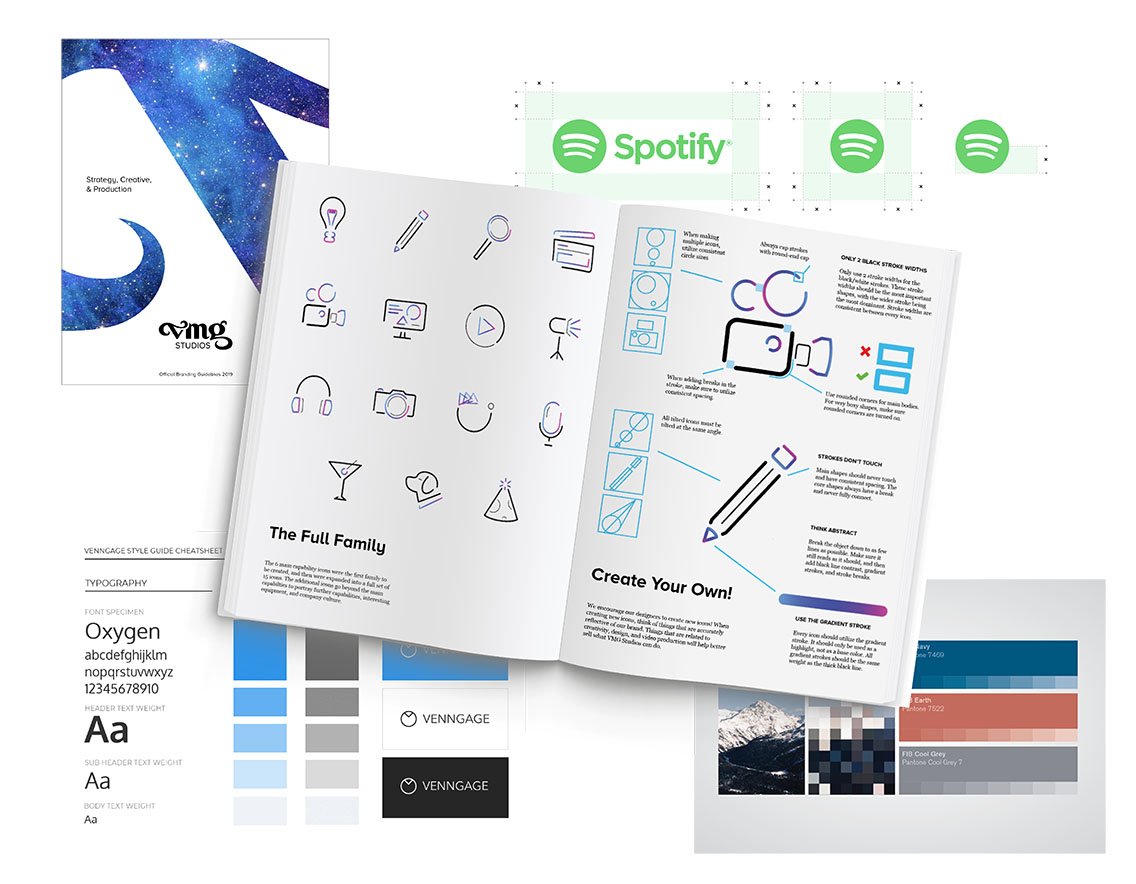
You’ll share this document with your internal team, or any 3rd party organization that will be using your assets to carry on the brand.
Benefits and Values of Having a Successful Brand
Congratulations! If you’ve made it this far, that means you’ve completed all of the appropriate steps in creating a successful brand.
- Started with a helpful and ethical product or service to sell.
- Defined a solid reason “why” this is a quality business that can succeed.
- Did all of the necessary research and benchmarking.
- Created smart and engaging branding elements (logo, colors, type, texture).
- Tested out these brand elements with the public.
- Applied feedback from the public and updated the branding elements.
- Documented all rules and assets into a cohesive, sharable document.
There’s no telling how long this entire process will take, and it varies widely from business to business. Once you’re ready to debut your brand, you’re ready for the benefits!
1. Sustainability and Adaptability
One of the greatest benefits a successful brand can achieve is the brand taking on a life of its own that can easily evolve and adapt over time. Brands don’t always have to follow the exact trends that are popular at the time, but they can take trendy concepts and aesthetic elements and seamlessly weave them in and out when needed.
A good brand will always have a hint of what’s trendy but ultimately should have a unique, unmistakable quality. This unique element should also not be tied to any specific artist or designer. Artists and designers will come and go between brands and companies, so it should not matter who is working on it as long as it has proper oversight. Anyone from a senior designer to an intern could utilize it while keeping the assets “on-brand.”
This also helps when a brand gets outdated and is in need of a refresh. Since market trends change rapidly, your brand may need refreshing anywhere from every 3 to 5 years, to every year. If your brand heavily relies on what’s trendy (i.e., social media and fashion brands) then you will need to be diligent in keeping your brand on-trend.

Having a more unique brand aesthetic that isn’t heavily tied to market trends will make the brand more sustainable. I encourage all designers to take risks and be creative in creating brand assets, instead of copying what’s trendy at the moment.
2. Building a Loyal Customer Base
Creating a solid customer base is a great reward for having a successful brand. Having loyal customers means your audience and users are having multiple positive interactions with your brand. They also like it so much that not only do they purchase the product, but they try to get others to do so as well. Whether it’s buying a t-shirt or bumper sticker, sharing or retweeting information, giving online reviews, or even talking to each other face-to-face, your loyal customers will be your strongest asset in promoting your brand.
People are much more likely to trust a brand that was recommended to them by a close friend, rather than watching an ad on social media (unless that ad was shared by that close friend).
Listening and responding to your fans and stakeholders is key in maintaining a good relationship. With the power of social media, getting feedback is easy. You can monitor reactions and the overall volume of attention across all platforms and applications. If people are responding negatively to the brand, it’s important to listen and diagnose why and see how you can make adjustments without compromising your brand’s core message and values.
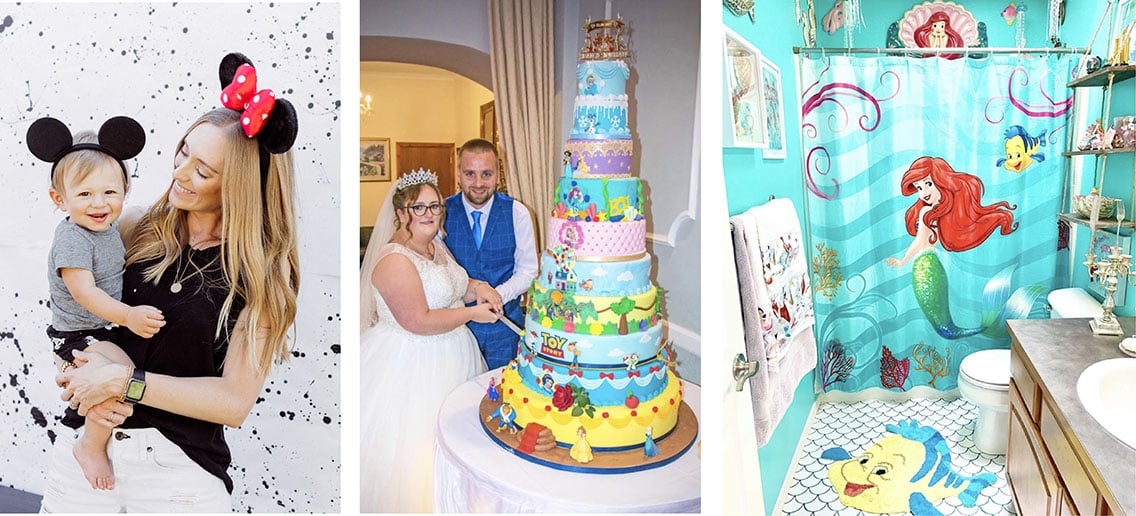

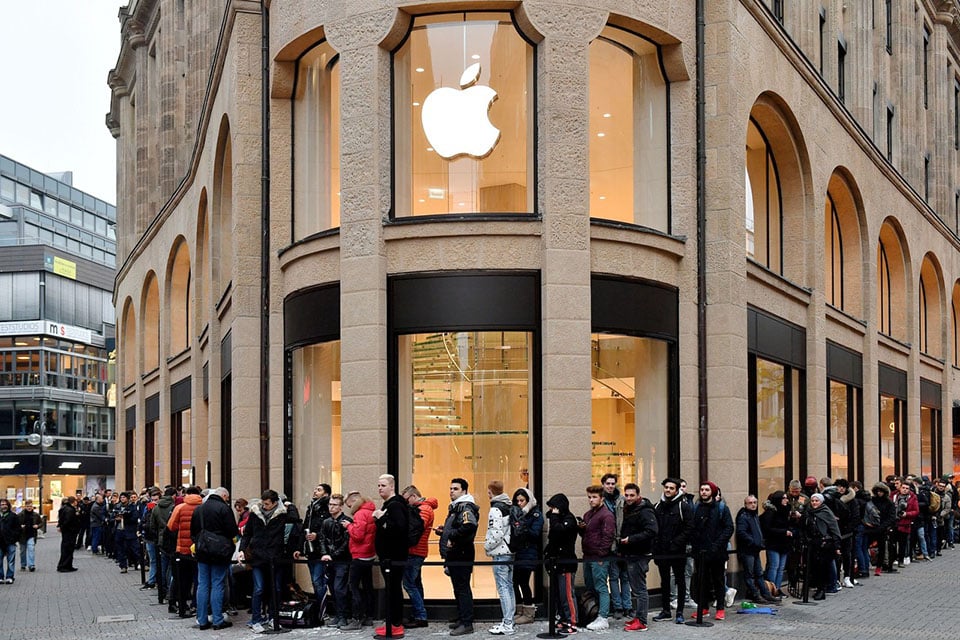
3. Market Disruption
Every market has some degree of competition, and a successful brand always has a creative competitive edge. Lucrative markets are typically dominated by competition. Brands that manage to rise above the noise are the ones that solve the most opportunity gaps and are the most visually and technologically innovative.
Brands like this create “market disruption,” which means they did something that stopped and caused us to turn our attention from what we were originally doing. If a brand can stop someone in their tracks, it has a lot of influence.
Market disruption triggers market evaluation, which leads to a massive influx of attention and analysis of your brand. Experts try to decipher the specific features and reactions that caused the disruption, with your brand being at the center of focus. This can also lead to your brand acquiring a reputation and being used as a benchmark for further market research, which is a sign that your brand has left a lasting impression on the market.
Warning: new brands that focus on something like food delivery, social media, or app streaming will have to be very creative since those markets are dominated by highly successful brands.
Creating Branding Guidelines for Your Business
Taking the appropriate steps to create company branding guidelines that are smart, ethical, and innovative can lead to a world of business-growing opportunities.
First, prioritize the necessary steps in developing your brand:
- Focus on a product or service that ethically helps people
- Establish your “why?” Why should people pay attention to this brand?
- Create your visual elements
• Perform extensive market research
• Establish creative opportunity gaps in the market
• Ideate with different elements, concepts, and technologies
- Testing and feedback
- Final documentation and dissemination
Don’t forget that your brand is constantly evolving and should be updated based on new market research at least once a year, if not more frequently. All creative decisions should be rooted in market research, not subjective opinions. Ethical decision-making also leads to a more successful outcome in the long run rather than one that just focuses solely on profit.
The main values of a successful brand are:
- Sustainability and adaptability
Your brand can stand the test of time. You can switch employees, trends, messaging, and the brand’s image never changes.
- Building a loyal customer base
Utilizing word of mouth marketing, enthusiastically lead by people who have experienced the best your brand has to offer.
- Market disruption
- Brands that can stop us in our tracks.
- Brands that become the focus of market research and a benchmark for success.
Building a brand is no easy process. It takes time, creative thinking from new angles and perspectives, taking risks, and going back to the drawing board if necessary. If you stick with it, the rewards definitely outweigh the challenges.
Need help refreshing your brand? Schedule an introductory planning call with VMG Studios to learn more about how we can support. In the meantime, be sure to download the free worksheet below.






